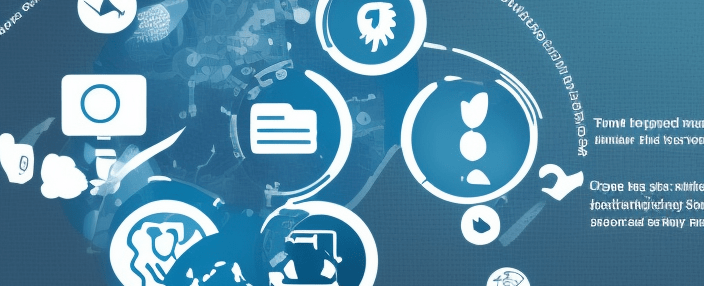

5 Principles Banks Should Adopt Now to Optimise the Ebanking Customer Experience
The aim of e-banking is to provide customers with an exceptional and intuitive experience. It is becoming increasingly important as banking processes become more digital. Here we provide insights into how to improve the user experience of e-banking platforms.
Security
First of all, security is paramount when dealing with sensitive information. One of the best ways to ensure that customer information and banking transactions remain secure is to use two-factor authentication tools. This means that customers must provide additional information to prove their identity, such as biometric information or one-time codes. This ensures that only authorised customers can access their accounts and perform transactions.
Data analysis tools
The use of data analytics tools can enable companies to find ways to improve the user experience. They can analyse customer behaviour and preferences and use this information to personalise their experience. For example, companies can send specific messages to a customer when a specific product is available or offer special deals based on their consumption habits.
Optimised user interface
Thirdly, the use of a user-friendly interface is another way to improve the user experience. Companies can use tools such as user-centred design and user behaviour analysis to optimise the user interface and make it easier to use. This can help to reduce loading times and improve user navigation.
disruptive technologies
Disruptive technologies can also be used to improve the e-banking experience. Technologies such as artificial intelligence and machine learning can be used to improve the accuracy of predictions and provide more relevant recommendations to customers. In addition, the use of blockchain can facilitate the transfer of funds between different bank accounts and assure users that their information is secure.
Mobile applications
Finally, mobile applications can be used to provide a unique experience for users. Companies can create mobile applications that allow customers to bank from their mobile devices. Applications can be designed to provide an optimised experience for mobile devices, including loading time and navigation.
Conclusion
Obviously, these are short guidelines that need to be further developed and adapted to the specific situation of each banking entity. The adoption of technologies that may be relevant for some banks will be useless for others.
An assessment of customer needs and expectations is necessary in order to select the innovations to be adopted as a priority. An assessment of current processes also helps to identify appropriate priorities.
This work can be carried out internally for large organisations, which will ensure that it is entrusted to a diverse team comprising members who are familiar with the workings of the company and others who specialise in implementing innovative solutions.
For smaller organisations that do not have an in-house innovation specialist, consultants should be used to work hand-in-hand with the relevant teams to help optimise processes and the user experience for customers.
Quick Links
Legal Stuff






